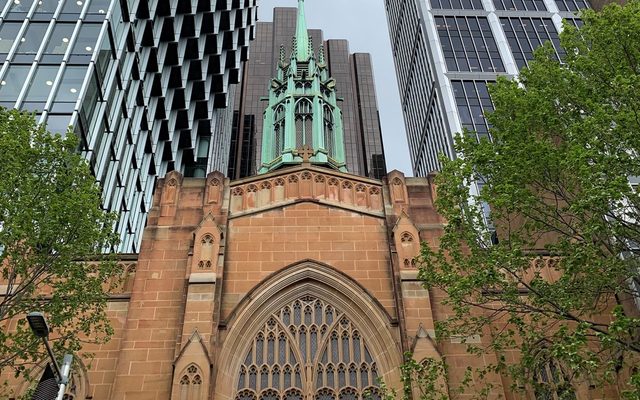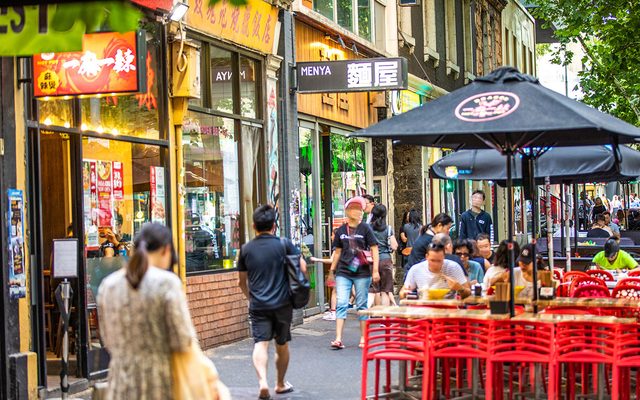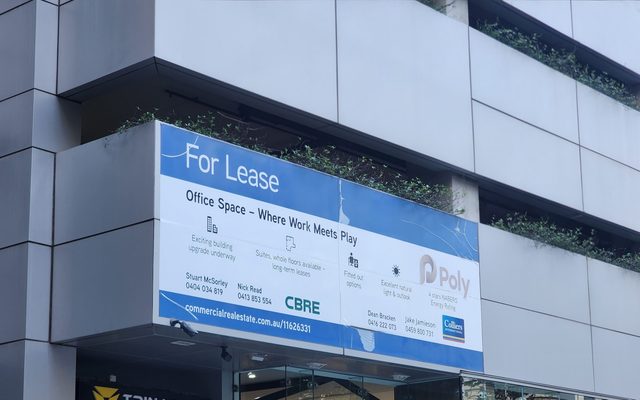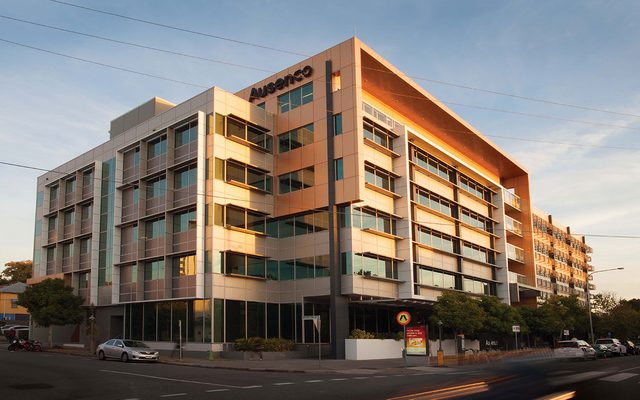This article is from the Australian Property Journal archive
SEVEN out of 10 city workers want to continue working flexibly for at least some of the week beyond COVID, and Mondays and Fridays across Australia’s CBDs are likely remain quiet as a result.
The sweet spot in terms of the number of days in the office is 3.3, according to research from the Property Council of Australia and EY, which draws on property industry data and insights from business and consumers.
Just over half of Australians believe the CBD will not be as busy following COVID, although 82% expressed confidence that their CBD will continue to evolve to meet the needs of people who live, work and visit.
It comes as data from the Property Council showed more workers returned to the CBD in March, office occupancy levels increasing in Melbourne, Sydney and Perth.
Melbourne’s numbers have been hardest hit nationally, as it endured two prolonged lockdowns in 2020 and a shorter shutdown in February. It recorded 35% occupancy in the final week of March, up from 24% the previous month. Sydney inched upwards from 48% to 50%, and Perth jumped from 65% to 71%.
The new Property Council and EY report showed of CBD workers want to continue working flexibly at least some of the week in the long term. Thursday was the most popular day to be in the office among respondents to its survey, while Mondays and Fridays were the least popular.
The shift to a hybrid model that incorporates office work and working from home could also spell a transition phase for the economy – major cities generate around 80% of Australia’s gross domestic product.
Sydney’s CBD alone represented 7% of Australia’s economy and generated around $130 billion in economic activity in 2018/19. Melbourne’s CBD economy was worth almost $105 billion, the Perth and Brisbane CBDs accounted for almost $45 billion each, and Adelaide’s CBD was worth around $20 billion.
CBDs also account for around 15% of Australian jobs.
“Our CBDs have been the nation’s productivity powerhouses for decades, but have been sorely challenged by COVID-19 shutdowns. It’s important for everyone that CBDs are able to reclaim this economic mantle,” Property Council of Australia chief executive, Ken Morrison said.
Several initiatives were identified as vital to bringing back activity to the CBDS. These included free public transport and parking for workers on slow days, such as Mondays and Fridays, facilitating events to activate streets and precincts with new late night shopping days or night-time markets, especially on weeknights, reimagining unused space and using pop-ups, accelerating efforts to “green up” workplaces and streetscapes, and offering commuters more micro-mobility solutions such as cycling, walking, e-bikes or scooters.
The good news for cities is that a clear majority still regard them positively. About two thirds of respondents believe “some of the best restaurants and bars are in the CBD”, that the CBD will be a “great place to meet up with people for memorable experiences”, that the CBD is the “best place to shop for fashion”, and that CBDs are the “best place for entertainment and events”.
More than four-fifths – 82% – are confident their nearest CBD will continue to evolve and have more green spaces for relaxation.
Selina Short, EY Oceania real estate, hospitality and construction managing partner, said Australia’s success in handling the pandemic could set our CBDs up for long-term success.
“Australia is in an enviable position. We are among the first in the world to restart our CBD engines. This gives us an unrivalled opportunity to write the global playbook for CBD revival – and to become a best practice hub for the world.”




